the first time I met JOE GRANT was in a story meeting back in 1990 when I had started my freelance design-work on ALADDIN. joe was a consultant for story, characters and all other possible problems on that project. it was for him the first time to be back in a studio he had left over 40 years ago. in that meeting joe was sitting right next to me, what turned me into a speechless student.

when I joined the the studio in 1994 fulltime and we had moved into that useless animation-building with the funny hat at the entrance, I had my office next to joe grant’s. he shared it with burny mathinson. it took a while to get to know joe a bit closer, he was not unfriendly, but he was waiting how this ‘new guy turned out’. well, we became good friends and spent a lot of time together, time I wouldn’t want to miss. he was one of the warmest people I had met in L.A. for a long time. and there was nothing he was not informed about, politics, film, the arts. he saw most movies, he read the most important news.

joe gave me color xeroxes of these pictures in 1998. burny mathinson had bought a huge agfa scanner and the biggest epson printer on the market at that time. he and joe had so much fun with their computers and all that new equipment. they were doing all their presentations for new projects nicely edited in the computer, printed and bound. amazing. I had just got my own mac and had no idea what to do with it…

usually we would sit together once in a while in the morning in his or my office and bitch about some stupid decisions of mangement. they would invite him as an advisor to the more important story meetings and screenings. later tom schumacher, the president of animation, would invite him once a week, to get his critical comments.

sometimes joe would give me xeroxes or prints of some historic stuff he had found at home, some of his early drawings, or historic photos from the past disney days and of course a lot of his sketches and his calligraphy.

you very rarely saw joe without his fountainpen in his hand. he was drawing all the time. beautiful little sketches of all different cartoony characters and situations. and he came up all the time with some funny gags. he had a good humor and remembered some really funny anecdotes.
what a full life! born in 1908 at the east-coast, he told me once, when he came to L.A. for the first time, I think it was 1918, he described crossing over the hills on cahuenga pass. and on the top he could smell the incredible smell of thousands of orange tress, blossoming down in the san fernando valley. he said there were trees and white blossoms as far as you could see. probably a lot like in JOHNNY APPLESEED. I can’t even imagine how beautiful it must have been in those early days.

SIMPLIZISSIMUS was a very critical, satirical magazine during the early yeas of the last century in germany. some of the most famous german artists started with that magazine, like OLAF GULBRANSSON, THEODOR HEINE, KARL ARLOLD, EDUARD THOENY, KAETHE KOLLWITZ, HEINRICH KLEY and GEORGE GROSZ. joe was so happy to talk about these artists, he had a lot of collected volumes of the simplizissimus magazine at home. in the studio, he said, nobody knew what he was talking about – german art! but he introduced a lot of that reference and it was used in feature films like FANTASIA.

one day he invited me to his house. it was hidden in the glendale hills and overgrown with bushes and trees. the house was built in the mid 30s, when nobody lived in that area yet. joe’s wife found the property and designed the house when she was in her early 20s. She remodeled it several times over the years being a talented designer and artist in her own right. what a house! it was a museum, a library, an art exhibition. history and memories wherever you looked. thousands of books, drawings and sketches in piles everywhere. a treasure island in the middle of boring glendale!
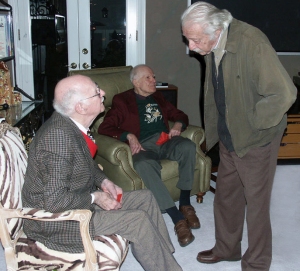
he showed me photos of his late wife. she had the idea for LADY AND THE TRAMP, based on her own cocker spaniel dog. joe came up with the whole story concept in the early forties, WARD GREENE took over much later. and joe never got screen credit for that film, what must have hurt him a lot, since he was walt disney’s closest advisor and friend for so many years. I guess that was the reason why he stayed away from the studio for so many years. he did not really want to talk about that, he still was disney’s biggest admirer.

he had so much wisdom, so many worlds in his imagination, was so open for everything new and critical about it. I was convinced he would always be there.
joe grant passed away on may 6, 2005. he died from a heart attack while he was drawing at his workdesk at home.
© disney enterprises, inc
© joe grant, Jennifer Grant Castrup











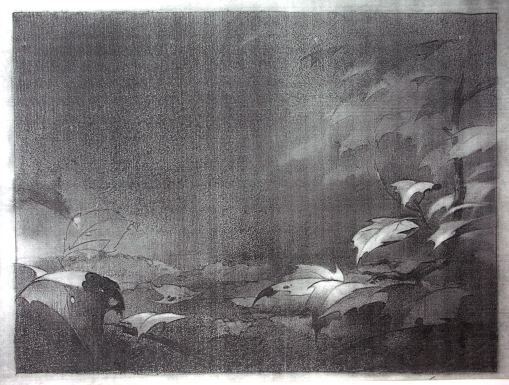







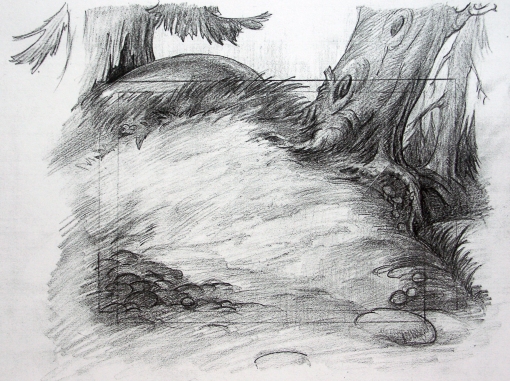













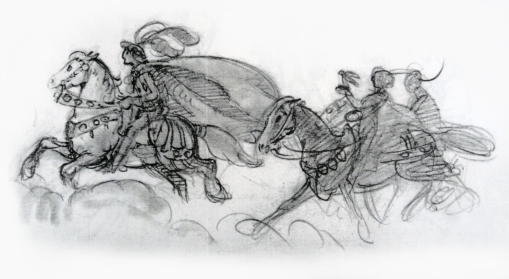

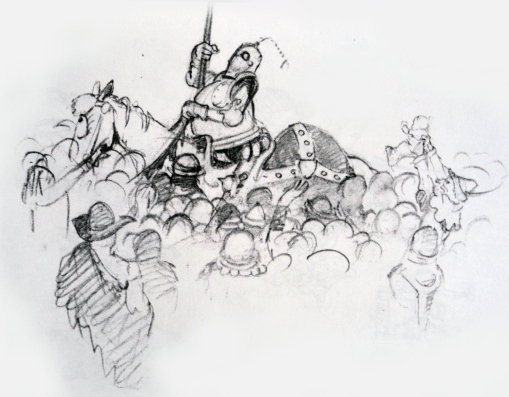


































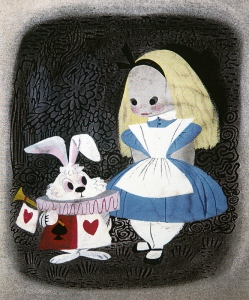




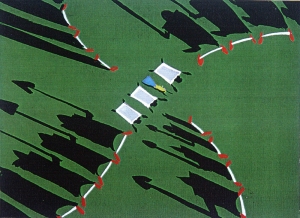











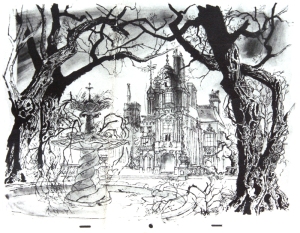


























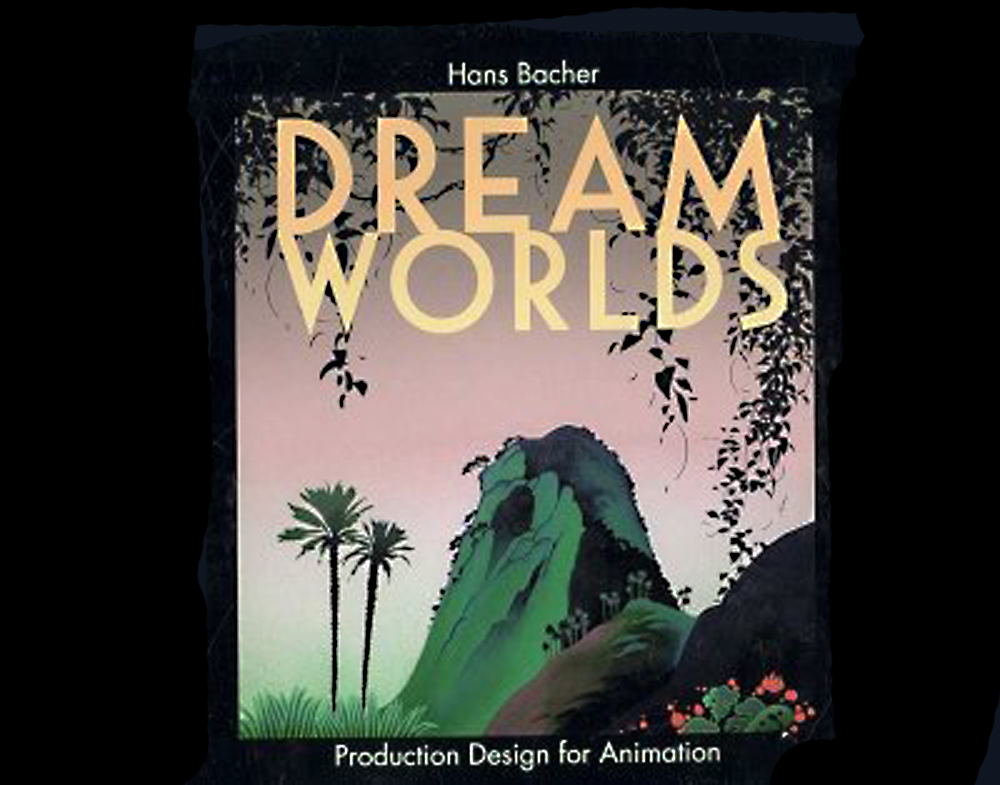


Recent Comments